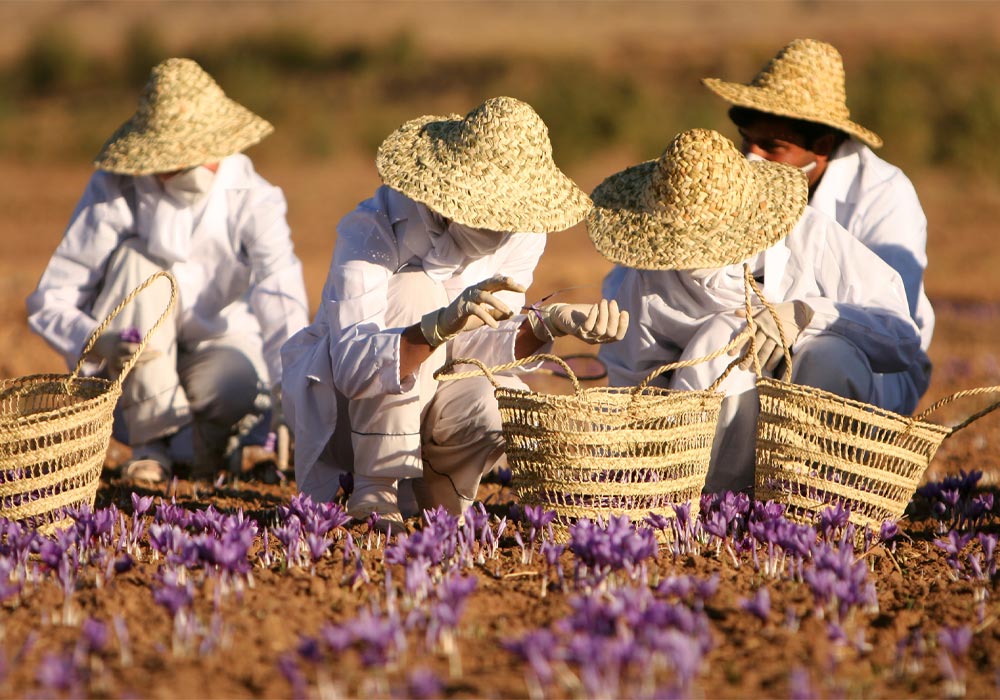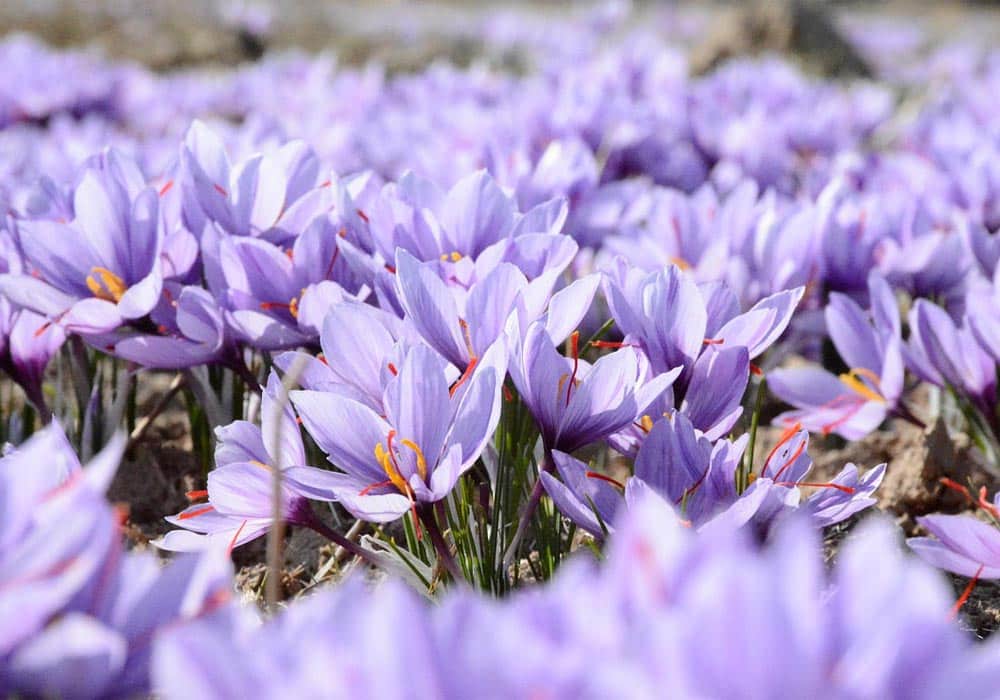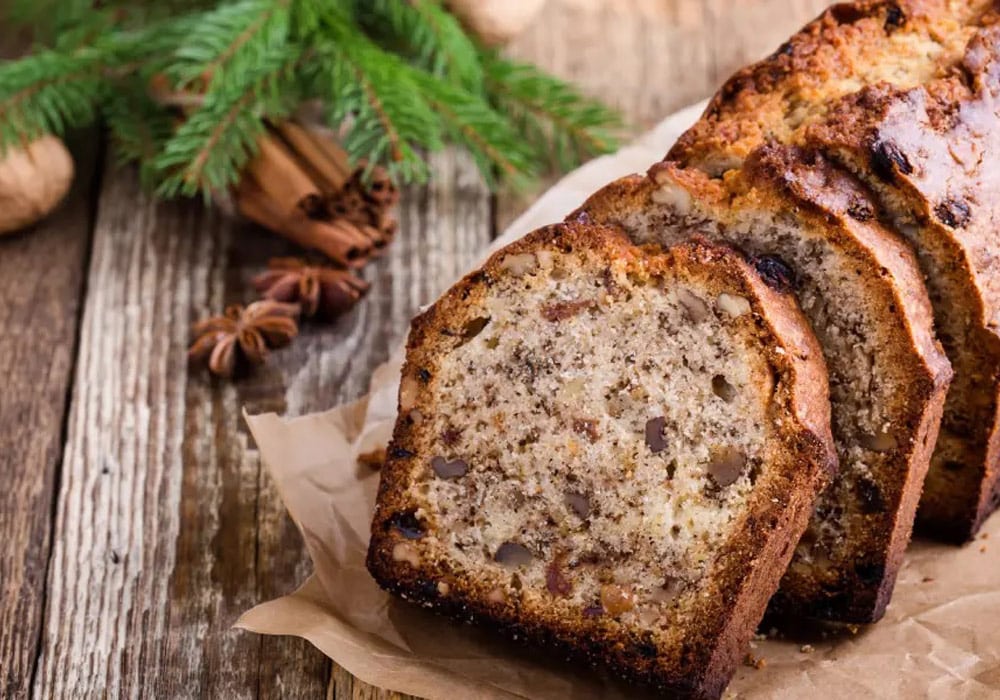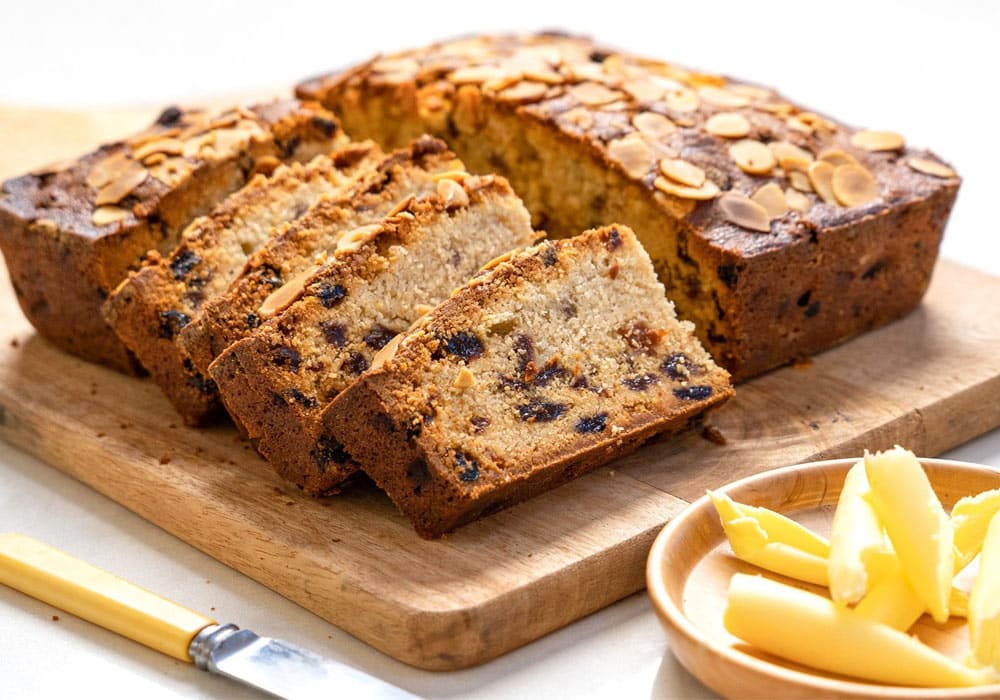Saffron as one of the most valuable and popular spices in the world is recognized not only for its medicinal and nutritional properties but also for its significant economic and cultural importance. The quality of saffron depends on numerous factors, among which climatic conditions are considered one of the most important. The growth and production of this unique plant rely on a precise balance of temperature, rainfall, humidity, and other climatic conditions, and even the slightest change in these factors can have a significant impact on the quality of the final product.
Specifically, saffron quality is related to variations in the amounts of its active chemical compounds such as crocin, picrocrocin, and safranal, which are directly influenced by environmental conditions. The following is a comprehensive examination of the impact of different climatic conditions on saffron quality to provide a better understanding of how to manage these factors for producing a high-quality and economically valuable product.
The Impact of Temperature on Saffron Quality
Saffron is a plant highly sensitive to temperature changes. It performs best in regions with hot, dry summers and cold winters. The ideal temperature range for saffron growth is between 15 to 20 degrees Celsius because, within this range, the plant’s biological processes are optimal, and flowering occurs at its best.
Temperatures rising above 30 degrees Celsius can reduce flower yield, and due to decreased photosynthesis, fewer nutrients are transferred to the bulb. Severe cold and frost also damage bulb health, resulting in reduced saffron production and quality. Sudden and extreme temperature fluctuations not only reduce product quantity but can also affect the levels of key saffron compounds such as crocin and safranal, leading to diminished color and aroma.
The Impact of Rainfall and Drought
The amount and distribution of rainfall are critical factors in the growth and quality of saffron. Moderate rainfall during the early growth stages helps supply necessary water to the bulbs and promotes flowering. However, excessive rainfall, especially during the growing season, can increase soil moisture and lead to fungal diseases that cause bulb rot and reduce product quality.
Conversely, reduced rainfall and dry conditions cause water deficiency in the soil, limiting plant growth. This results not only in fewer flowers but also a decrease in the active compounds in saffron. Therefore, balancing water supply is one of the most important factors in maintaining saffron quality, and proper water resource management along with precise irrigation methods can significantly prevent quality and yield loss.
The Impact of Humidity on Saffron Quality
Air and soil humidity play a key role in the health of the saffron plant. Saffron grows better in low to semi-arid humidity conditions because excessive moisture increases the likelihood of fungal and bacterial diseases in bulbs and flowers. This reduces the quality and shelf life of the final product.
Additionally, high humidity can disrupt the drying process of the stigmas and decrease the concentration of aromatic and coloring compounds in saffron. Regions with low relative humidity generally produce higher-quality saffron with more desirable aroma and color. Observing technical details during stigma harvesting, drying, and proper product storage is crucial to maintaining saffron quality.
The Impact of Climatic Conditions on Saffron’s Chemical Compounds
Saffron quality heavily depends on the levels of its active chemical compounds such as crocin (coloring agent), picrocrocin (flavoring agent), and safranal (aroma agent). These compounds are influenced by environmental and climatic factors. Temperature, humidity, and the intensity and duration of sunlight are determining factors in the synthesis of these essential substances.
In regions with balanced and controlled climatic conditions, the amounts of these compounds reach their highest levels, significantly improving saffron quality. Field studies indicate that severe temperature fluctuations and high humidity can reduce the synthesis of these compounds, thereby lowering the quality and price of Iranian saffron. Awareness of suitable climatic conditions and optimal management of these factors help farmers produce saffron with high quality and economic value.
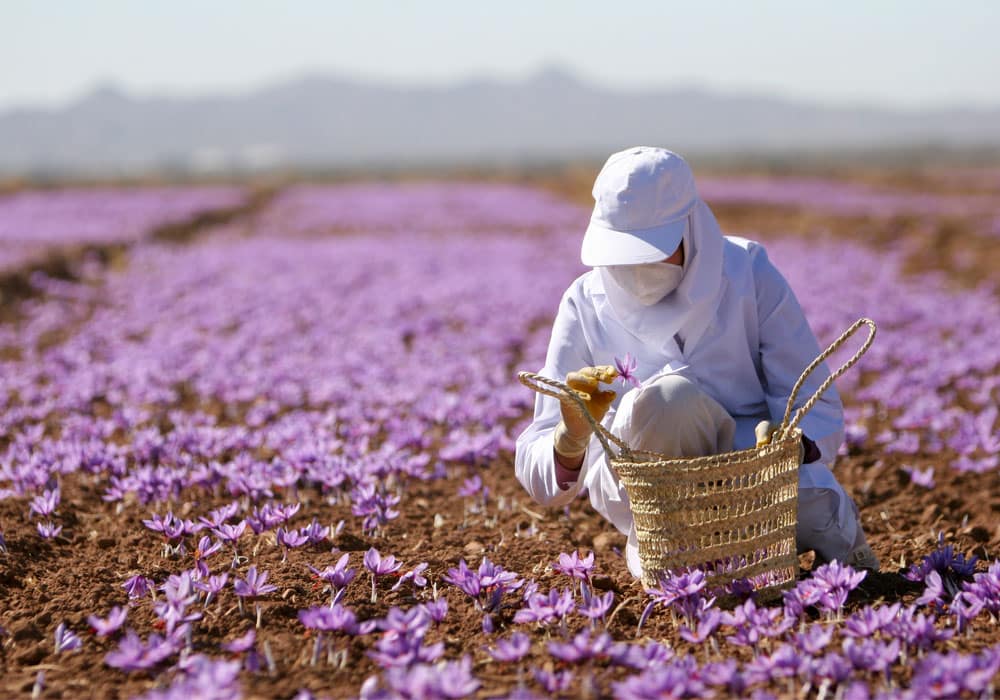
The Impact of Climate Change on Saffron Quality
Climate changes such as rising temperatures and altered rainfall patterns pose serious challenges for saffron production. Increased average temperatures and reduced rainfall cause water and heat stress in the plant, which disrupts growth and flower production. Environmental stresses also reduce saffron quality by lowering the levels of effective compounds and increasing the plant’s susceptibility to diseases.
These changes may reduce saffron production even in regions that previously had favorable conditions and require adopting new agricultural strategies. Using stress-resistant cultivars, better water resource management, and applying modern agricultural technologies are among the solutions that can mitigate the negative effects of climate change and help preserve saffron quality.
Buying Premium and Authentic Saffron from Tida Saffron: Guarantee of Quality and Authenticity
Purchasing premium and authentic saffron from Tida Saffron guarantees receiving a product of the highest quality and authenticity that meets all global standards. This company works directly with reputable farmers to offer saffron that excels in color, aroma, and taste without any impurities.
In the agricultural market, the price of raisins might be relatively lower, but the true value of high-quality and authentic Iranian saffron, due to its unique properties and precise processing, is much higher, and Tida Saffron guarantees this value to its customers. All stages of harvesting, drying, and packaging are carefully controlled to maintain product authenticity and quality.
The company assures buyers that every purchase from Tida Saffron comes with quality and authenticity guarantees, allowing customers to confidently obtain first-class products for various uses, whether culinary or medicinal. Buying from Tida Saffron not only means receiving a premium product but also experiencing a reliable and satisfying process from order to delivery.
Conclusion
Ultimately, saffron, as one of the world’s most valuable and popular spices, holds a special place in economic, cultural, and nutritional fields. The quality of this unique product is influenced by many factors, among which climatic conditions are the most important; temperature, rainfall, humidity, and other climatic factors directly affect plant growth and the amounts of active compounds such as crocin, picrocrocin, and safranal.
Additionally, climate change and environmental fluctuations have created serious challenges for maintaining saffron quality, necessitating intelligent management and the use of modern technologies. Alongside paying attention to these natural factors, choosing authentic and premium products from reputable centers like Tida Saffron, which guarantees quality and authenticity, is very important; because the price of Iranian saffron reflects its superior quality, customers can confidently select the best product for various uses. Thus, by accurately understanding climatic conditions and making the right product choices, saffron with the highest quality and economic value can be produced and consumed.
Also Read:



